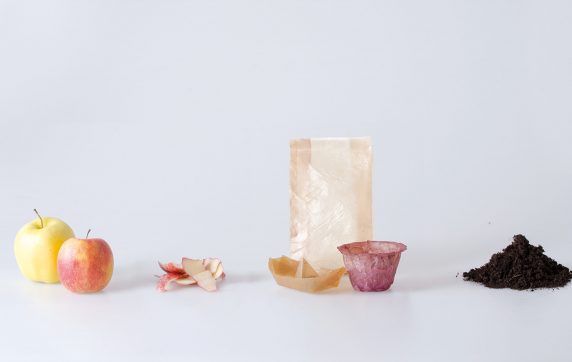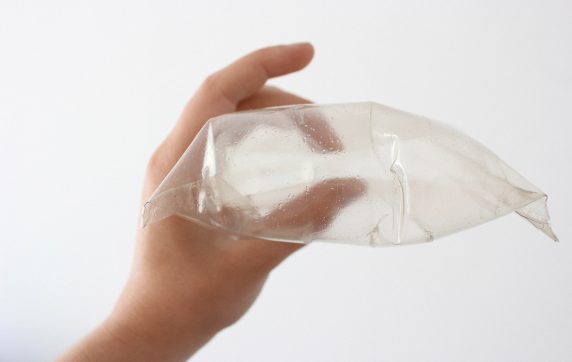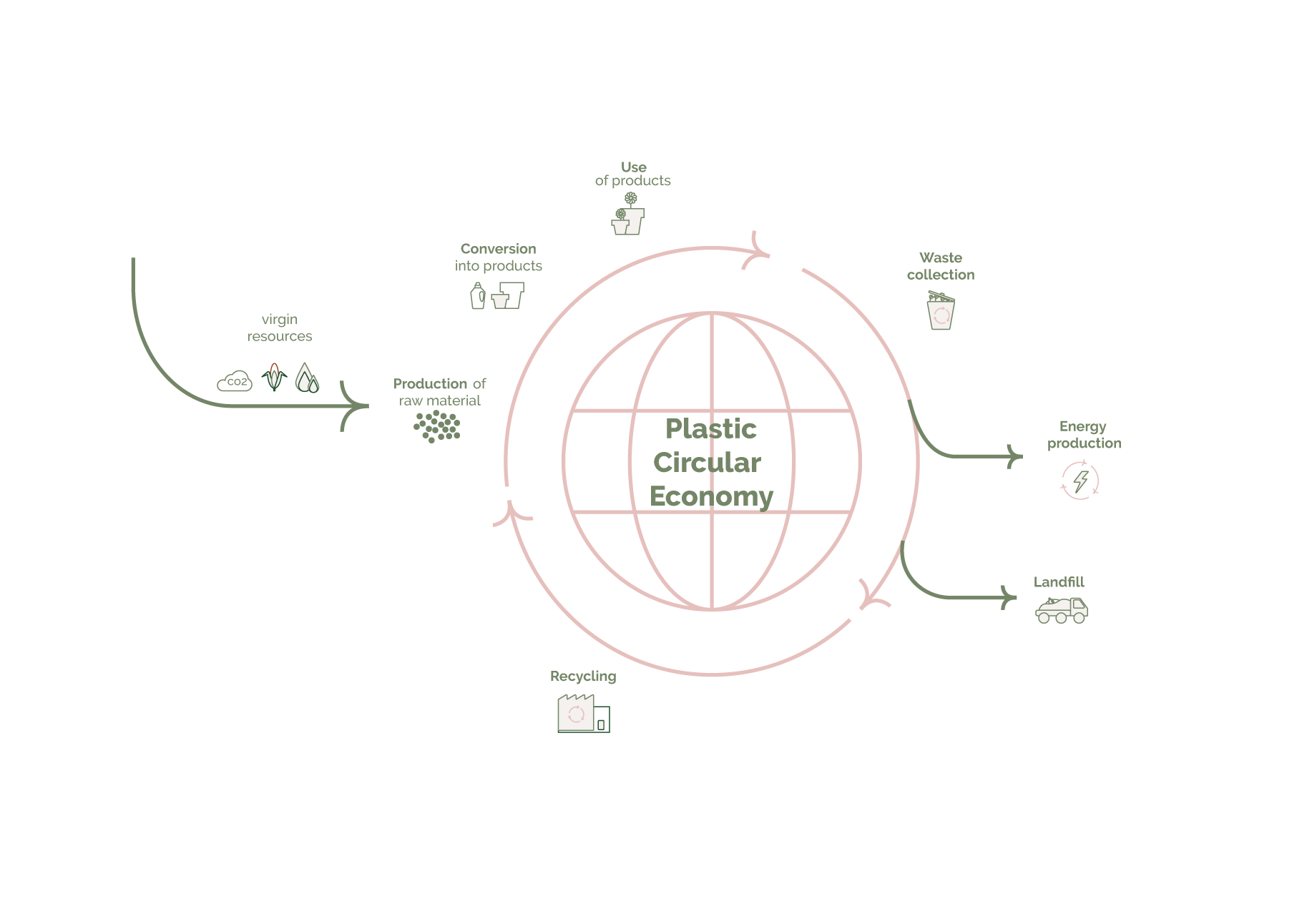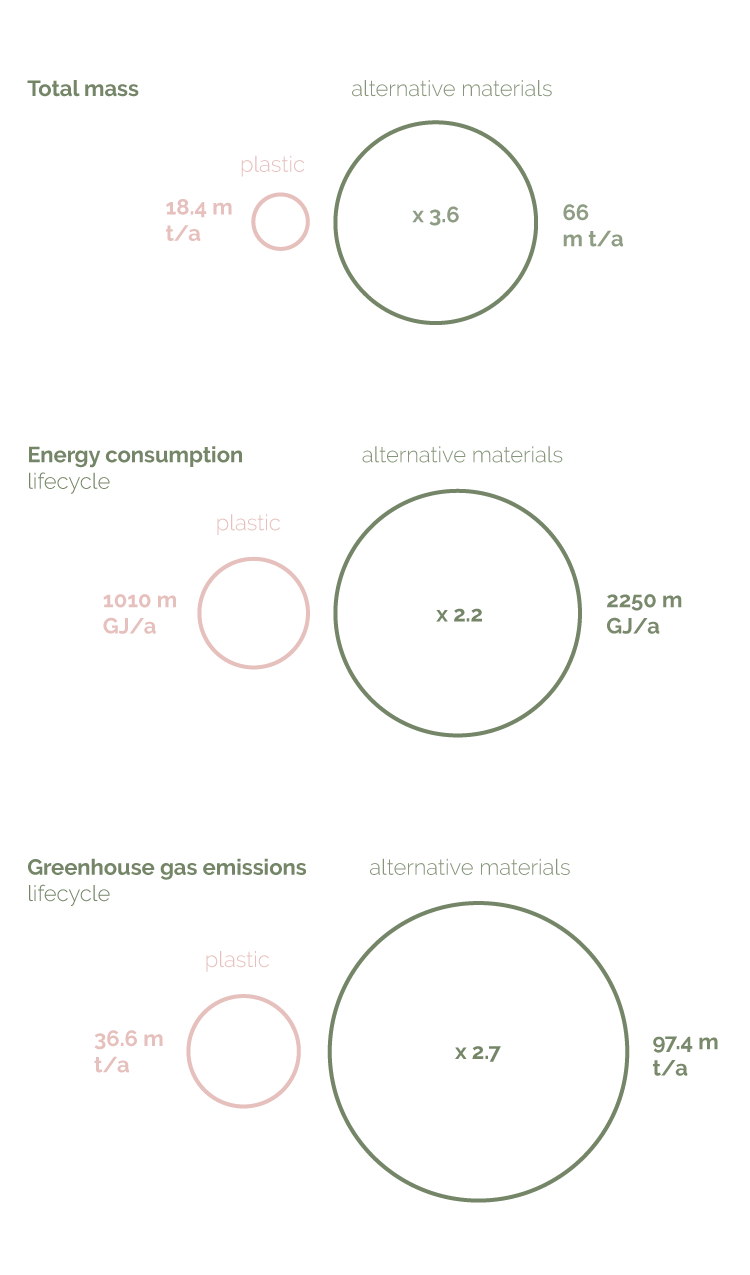Is plastic still the best choice?
When something is not right, many times we try to eliminate remove the problem instead of solving it. The issue of plastic pollution does exist, it is undeniable and it is causing irreversible damages to the entire ecosystem. How can we solve this problem? One of the paths followed is finding another material, similar to plastic that does not harm the environment.
These last years, the trend is focused on getting rid of the problem instead of finding a solution. As a matter of fact, the answer might be just before our eyes. All the options, although worth taking into consideration, they do not deal with a fundamental theme: what are we going to do with all the plastics that have already been produced and are still out there? A product made of plastic has a life cycle that lasts nearly 50 years, even reaching 100 years for pipes used for building materials. The main theme should then be closing the circle, to make sure that once a product made of plastic has been created, it never becomes waste but it is integrated in a circular system that allows its regeneration at the end of the life cycle.
Source: Plastics Europe – The Circular Economy for Plastics
Studies should focus on researching post-consumer waste management systems, that is all the waste coming from households, to avoid that plastics becomes trash.
Studies should focus on researching post-consumer waste management systems, that is all the waste coming from households, to avoid that plastics becomes trash. Starting from the improvement of recycling systems, to ensure that all energy resources in the process are as efficient as possible, until design products that can fit in a circular approach.. The growth of recycled plastic in the past years has been exponential: in the last 10 years it has increased by 80% for post-consumer at European level. This data are for sure encouraging even if the goal has not yet been reached.
In Italy, according to the report from Plastics Europe in 2018, on a total of 3,4 million of tonnes of post-consumer plastic collected, only 29% has been recycled into new products into the market, 33,8% for energy recover and 37,2% ended up in landfills.
Source: Plastics Europe – The Facts 2018
Research and Development departments are working hard in finding both alternative from materials already being used such as glass or metals, and in studying new polymers of natural origin. Many alternatives have been created, from corn starch to milk proteins polymers. Even if these materials can look really similar to plastic in terms of physical properties, from a commercial point of view, They are still difficult to be used because of inadequate production methods, that cannot sustain the actual demand, and a cost that is still really high.
The packaging industry is often taken as an example since it represents nearly 40% of the manufacturing sector. What alternatives could there be? If we had to take into consideration alternative materials, first we should look at glass and aluminium. They both can be recycled and have been previously used as substitutes. In order to evaluate these materials, they should be compared to one another. Beginning with the total mass occupied, that it is 3,6 times bigger that plastic, also energy consumption end CO2 gas emissions for the total life cycle of the products are not promising for the alternatives: for both these index, plastic is just the half. To get to a supermarket shelf, a product packaging made with glass or metal not only will consume more than double the energy to be transported to the selling point, increasing the CO2 emissions, but it will also be heavier to carry for the customer. How heavy will your shopping bag be?
Source: Plastics Europe
Not all bioplastics are biodegradable as some of the materials are nearly the same as the “traditional” plastics.
Switching to the topic about bioplastics, some light should be shed in the first place. Bioplastic are made from biomass, which is a natural component derived from corn or potato starch (to cite a couple), and thus without fossil-based elements. Not all bioplastics are biodegradable as some of the materials are nearly the same as the “traditional” plastics. For those that are biodegradable, meaning that they are degraded by micro-organisms in the air or water of controlled environments, the negative effects are not completely eliminated since this process can last a long time and the material not disappear in full. According to the European standards, to be certified biodegradable, at least 90% of the material must degrade in convert into CO2 within 6 months.
Even if some applications of bioplastics may entirely substitute certain types of conventional plastics by 2030 with excellent results, such as coffee pods, the bioplastic production can only get to cover at most 10% of the total production, leaving the problem of finding an alternative for the remaining 90% still unresolved.

Photo credits: Emma Sicher

Photo credits: Margarita Talep
Through the analysis of different aspects of the issue and the search for solutions, it is clear how plastic still has a central role in our everyday life and cannot yet be easily replaced. The actions to be undertaken should not take our eyes off from what we already have. Even before reorganizing an entire production system, there is a need for educating the final consumer as he can influence the production itself through its choices. Through a clear and honest information on both flaws and virtues of this precious material, a society capable of evaluating its consumption habits will be shaped, from what to buy and how to dispose it. Therefore, the recycling system will also improve, guiding increase of the quantity of post-consumer waste that can be recycled and thus influencing the consequent research and development of more efficient technologies that will allow a broader possible application. We take part in an interconnected system and each one of us has a fundamental role in the creation of our future.



